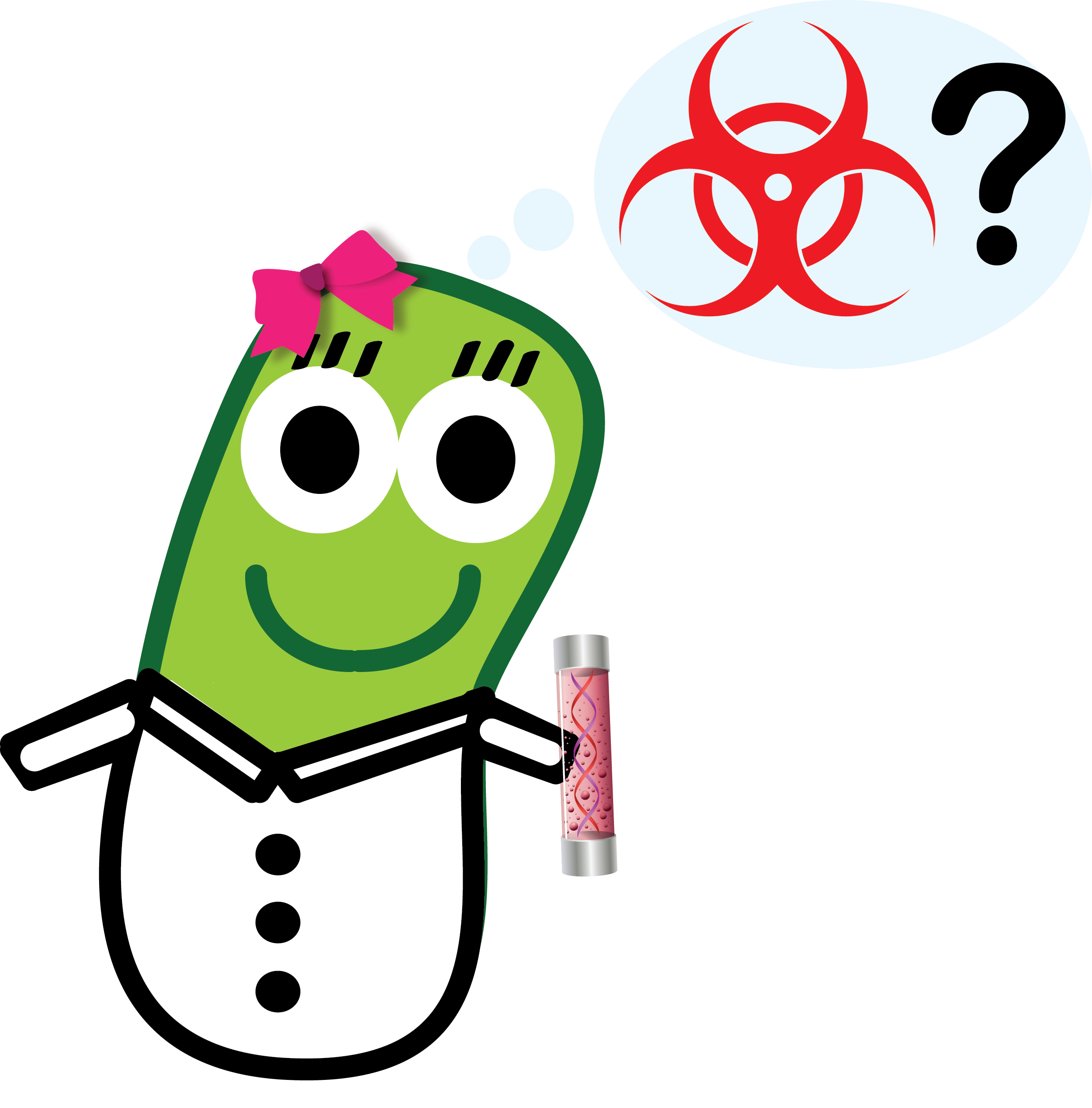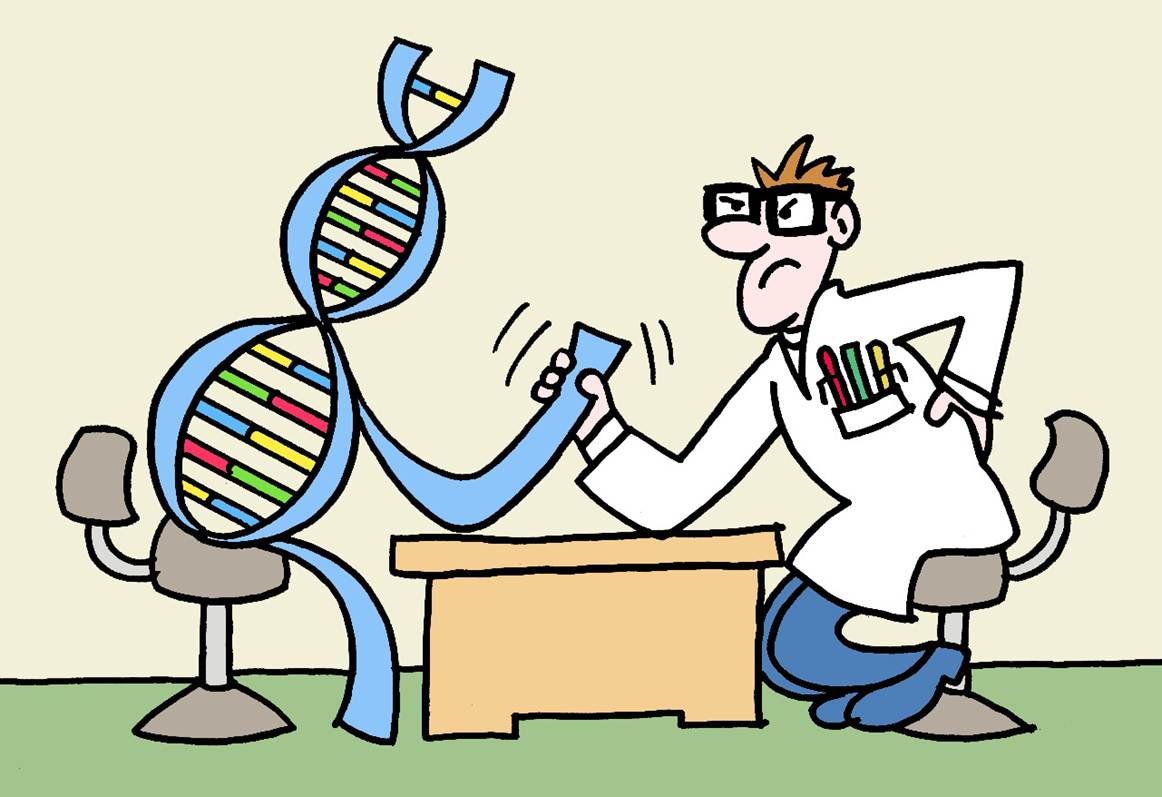Team:UNAM Genomics Mexico/Safety
From 2012.igem.org
| (13 intermediate revisions not shown) | |||
| Line 1: | Line 1: | ||
{{:Template:Team:UNAM_Genomics_Mexico/webhtml| content= | {{:Template:Team:UNAM_Genomics_Mexico/webhtml| content= | ||
__NOTOC__ | __NOTOC__ | ||
| - | + | ||
<center><h1>'''Safety Questions'''</h1></center> | <center><h1>'''Safety Questions'''</h1></center> | ||
<br /> | <br /> | ||
| Line 7: | Line 7: | ||
<table border="0" height="150" cellspacing="15" bgcolor="transparent" id="tablecontentbg"> | <table border="0" height="150" cellspacing="15" bgcolor="transparent" id="tablecontentbg"> | ||
<tr> | <tr> | ||
| - | <td id="leftcolumn2">[[File:Unamgenomicsmexicodrabiohazard.png | 300px | + | <td id="leftcolumn2">[[File:Unamgenomicsmexicodrabiohazard.png | 300px |Miss Cohnnie thinking about safety questions]]<p><center>Mrs. Cohnnie thinking about safety questions</center></p></td> |
<td id="contentcolumn2">[[File:UnamgenomicsmexicoPicture1.jpg | 300px]]</td> | <td id="contentcolumn2">[[File:UnamgenomicsmexicoPicture1.jpg | 300px]]</td> | ||
<td id="rightcolumn2">__TOC__</td> | <td id="rightcolumn2">__TOC__</td> | ||
| Line 14: | Line 14: | ||
| - | <h2> | + | <h2>Would any of your project ideas raise safety issues in terms of:</h2><br /> |
•Researcher safety,<br /> | •Researcher safety,<br /> | ||
•Public safety, or<br /> | •Public safety, or<br /> | ||
| Line 27: | Line 27: | ||
| - | <h2> | + | <h2>Do any of the new BioBrick parts (or devices) that you made this year raise any safety issues?</h2> |
If yes,<br /> | If yes,<br /> | ||
•Did you document these issues in the Registry?<br /> | •Did you document these issues in the Registry?<br /> | ||
| Line 42: | Line 42: | ||
<br /> | <br /> | ||
<br /> | <br /> | ||
| - | <h2> | + | <h2>Is there a local biosafety group, committee, or review board at your institution?</h2> |
<br /> | <br /> | ||
•If yes, what does your local biosafety group think about your project?<br /> | •If yes, what does your local biosafety group think about your project?<br /> | ||
| Line 50: | Line 50: | ||
Yes, there is a local Ethics Committee at the Center for Genomic Sciences, which reviewed our project and ongoing progress. They concluded that besides the basic laboratory safety rules and standards of confinement of biological material to the lab, there was no major concern about the project presented. | Yes, there is a local Ethics Committee at the Center for Genomic Sciences, which reviewed our project and ongoing progress. They concluded that besides the basic laboratory safety rules and standards of confinement of biological material to the lab, there was no major concern about the project presented. | ||
<br /><br /> | <br /><br /> | ||
| - | Our major recommendation and formal duty within our project was to keep our samples confined to the laboratory, a regulation also embodied in the Mexican Law on Biosafety of Genetically Modified Organisms of 2005, and in recommendations from the Inter-Secretariat Commission on Biosafety of Genetically Modified Organisms [http://www.cibiogem.gob.mx] CIBIOGEM. The rationale is to avoid at all costs accidental or deliberate exposure of the GMO to the environment before a proper risk assessment and pertinent analysis are undertaken. Therefore, every left-over sample was autoclaved and disposed of in a proper manner according to standard procedures of laboratory use of biological materials. | + | Our major recommendation and formal duty within our project was to keep our samples confined to the laboratory, a regulation also embodied in the Mexican Law on Biosafety of Genetically Modified Organisms of 2005 [http://www.diputados.gob.mx/LeyesBiblio/pdf/LBOGM.pdf], and in recommendations from the Inter-Secretariat Commission on Biosafety of Genetically Modified Organisms [http://www.cibiogem.gob.mx] CIBIOGEM. The rationale is to avoid at all costs accidental or deliberate exposure of the GMO to the environment before a proper risk assessment and pertinent analysis are undertaken. Therefore, every left-over sample was autoclaved and disposed of in a proper manner according to standard procedures of laboratory use of biological materials. |
<br /><br /> | <br /><br /> | ||
| - | ''' | + | '''Do you have any other ideas how to deal with safety issues that could be useful for future iGEM competitions? How could parts, devices and systems be made even safer through biosafety engineering?''' |
<br /><br /> | <br /><br /> | ||
| Line 103: | Line 103: | ||
Our new ''B. subtilis'' will not have any selective advantages among the WT ''B. subtilis'', because the engineered bacterium uses a lot of energy to function. Nevertheless, it could be argued that those bacteria that face this kind of stress because of lack of resources will undergo sporulation, until the next time they find a favorable niche. This would ultimately produce periodically ocurring episodes of stained soil when the environmental factors are advantageous. | Our new ''B. subtilis'' will not have any selective advantages among the WT ''B. subtilis'', because the engineered bacterium uses a lot of energy to function. Nevertheless, it could be argued that those bacteria that face this kind of stress because of lack of resources will undergo sporulation, until the next time they find a favorable niche. This would ultimately produce periodically ocurring episodes of stained soil when the environmental factors are advantageous. | ||
<br /><br /> | <br /><br /> | ||
| + | ::::::::::::::::::::::::::::::::::::::[[File:UnamgenomcisUp.png|right | 120px |link=Team:UNAM_Genomics_Mexico/Safety#Safety_Questions]] | ||
| - | + | <h1>References</h1> | |
| - | + | ||
1. [http://www.who.int/csr/resources/publications/biosafety/Biosafety7.pdf World Health Organization Biosafety].<br /><br /> | 1. [http://www.who.int/csr/resources/publications/biosafety/Biosafety7.pdf World Health Organization Biosafety].<br /><br /> | ||
| - | 2. Commission on Biosafety of Genetically Modified Organisms [[http://www.cibiogem.gob.mx CIBIOGEM]].<br /><br /> | + | 2. [http://www.diputados.gob.mx/LeyesBiblio/pdf/LBOGM.pdf GMO Biosafety law].<br /><br /> |
| - | + | 3. Commission on Biosafety of Genetically Modified Organisms [[http://www.cibiogem.gob.mx CIBIOGEM]].<br /><br /> | |
| + | 4. [http://jcm.asm.org/content/36/1/325.full Recurrent Septicemia in an Immunocompromised Patient Due to Probiotic Strains of Bacillus subtilis].<br /><br /> | ||
}} | }} | ||
Latest revision as of 00:54, 24 October 2012

Safety Questions
 |
 |
|
Would any of your project ideas raise safety issues in terms of:
•Researcher safety,
•Public safety, or
•Environmental safety?
Researcher safety will be achieved through standard safety measures in a laboratory setting. This includes, but is not limited to, wearing protective gear during the development of our experiments, avoiding direct contact with hazardous reactants such as ethidium bromide, and the use of special protection for the eyes when observing stained gels with UV-light.
The ideas, methods and resulting products of our project involve standard laboratory practices at a basic biosafety level: E. coli and B. subtilis’s strains used to the development of this project are classified at a Risk 1 level, meaning they are unlikely to cause human or animal disease. Furthermore, because of the scope of the project and the methods being used, our project would be classified as Biosecurity Level 1 according to the classification of the World Health Organization[http://www.who.int/csr/resources/publications/biosafety/Biosafety7.pdf].
Nevertheless, we are conscious that working with antibiotic resistance markers might pose a small risk to the environment that must not be considered as neglectable, but does not raise more concern than any common practice of current methodologies in molecular biology and genomic research. See below for the recommendations made by our ethics committee to avoid exposure to the environment.
Do any of the new BioBrick parts (or devices) that you made this year raise any safety issues?
If yes,
•Did you document these issues in the Registry?
•How did you manage to handle the safety issue?
•How could other teams learn from your experience?
Yes, our broad host-range plasmids have antibiotic resistances.
PSB1AK3 is broad host-range with Ampicilin and Kanamycin resistances. While working at Lab for research purpose there is no problem, as it is thought to integrate the construction in the chromosome. Ay the moment there are no other risks with our BioBricks.
Our bacteria will be handled exclusively in the laboratory for the iGEM competition. For further applications we have evaluated the chromosomal insertion of our system, which would make the transfer of any resistance gene to other bacteria very unlikely.
A proper documentation, containing not only what safety measures were taken but also why, is crucial. In this way everything our team learned from our project will be properly transmitted to future teams.
Is there a local biosafety group, committee, or review board at your institution?
•If yes, what does your local biosafety group think about your project?
•Does your country have National Biosafety Regulation or guidelines? If so, provide a link to them if possible?
•If no, which specific biosafety rules or guidelines do you have to consider in your country?
Yes, there is a local Ethics Committee at the Center for Genomic Sciences, which reviewed our project and ongoing progress. They concluded that besides the basic laboratory safety rules and standards of confinement of biological material to the lab, there was no major concern about the project presented.
Our major recommendation and formal duty within our project was to keep our samples confined to the laboratory, a regulation also embodied in the Mexican Law on Biosafety of Genetically Modified Organisms of 2005 [http://www.diputados.gob.mx/LeyesBiblio/pdf/LBOGM.pdf], and in recommendations from the Inter-Secretariat Commission on Biosafety of Genetically Modified Organisms [http://www.cibiogem.gob.mx] CIBIOGEM. The rationale is to avoid at all costs accidental or deliberate exposure of the GMO to the environment before a proper risk assessment and pertinent analysis are undertaken. Therefore, every left-over sample was autoclaved and disposed of in a proper manner according to standard procedures of laboratory use of biological materials.
Do you have any other ideas how to deal with safety issues that could be useful for future iGEM competitions? How could parts, devices and systems be made even safer through biosafety engineering?
It is important to recognize which teams did a proper job considering safety issues. As well as present teams check what was done in previous winning projects, teams could check what was done regarding safety in previous competitions. Those teams whose work achieved proper considerations should be distinguished, so future teams can look back at their work.
We have to consider the selective pressure over the parts that we design to see how probable is to get mutants that could make the system fail and maybe turn it dangerous. We have to check if of some of the changes that we make designing bacteria could give them a fitness advantage when competing with wild type bacteria causing an undesired disequilibrium when released to the environment.
Safety issues in our project.
Probability:
Could there be an unplanned event or series of events involving your project, resulting in death, injury, occupational illness, damage to equipment or property, or damage to the environment?.
Yes, the misuse of appliances and equipment, could cause some damage or injuries. Accidental plasmid release poses a risk to public health.
How likely is that going to happen?.
If you are careful with the equipment, only some oversight.
As of accidental plasmid release, our work is bound to the appropriate safety measures, which makes the release very improbable.
Does your project require the exposure or release of the engineered organism to people or the environment (e.g. as medicine, for bioremediation)?.
No.
Hazard:
Could your device, when working properly, represent a hazard to people or the environment?.
No, because it is only part of a boolean system. It will not be taken out of the lab.
Is your engineered organism infectious?.
No, its risk level is 1.
Does it produce a toxic product?.
No.
Does it interfere with human physiology or the environment?.
Our bacteria doesn’t interfere with human physiology or the environment in a way that should concern us greatly. Historically, B. subtilis has been used as a probiotic for human consumption without any adverse effects, except for the case when a person is immunocompromised [http://jcm.asm.org/content/36/1/325.full]. Similarly, B. subtilis doesn't pose a risk to the environment since is a naturally-ocurring bacteria in the soil.
What would happen if one or several bioparts change their function or stop working as intended (e.g. through mutation)? How would the whole device or system change its properties and what unintended effects would result thereof?
It could get some other resistances, but it will not make an infectious organism. If it stop working as intended, it will not do anything at all, because our constructions need other parts of other bacterias to continue its function. If a mutation happened, the resulting Bacillus subtilis, would not differ in function or ecological niche with the naturally occuring B. subtilis in soil.
What unintended effects could you foresee after your engineered organism is released to the environment?.
Stained soil. Since there would be B. subtilis producing RFP, GFP and GusA, there might be parts of the soil where the bacterium lands that would be stained by them. Nevertheless, these compounds are not toxic and pose no hazard to the environment.
Try to think outside the box. What is the absolute worst case scenario for human health or the environment that you could imagine?
Our new B. subtilis will not have any selective advantages among the WT B. subtilis, because the engineered bacterium uses a lot of energy to function. Nevertheless, it could be argued that those bacteria that face this kind of stress because of lack of resources will undergo sporulation, until the next time they find a favorable niche. This would ultimately produce periodically ocurring episodes of stained soil when the environmental factors are advantageous.
References
1. [http://www.who.int/csr/resources/publications/biosafety/Biosafety7.pdf World Health Organization Biosafety].
2. [http://www.diputados.gob.mx/LeyesBiblio/pdf/LBOGM.pdf GMO Biosafety law].
3. Commission on Biosafety of Genetically Modified Organisms http://www.cibiogem.gob.mx CIBIOGEM.
4. [http://jcm.asm.org/content/36/1/325.full Recurrent Septicemia in an Immunocompromised Patient Due to Probiotic Strains of Bacillus subtilis].
 "
"







